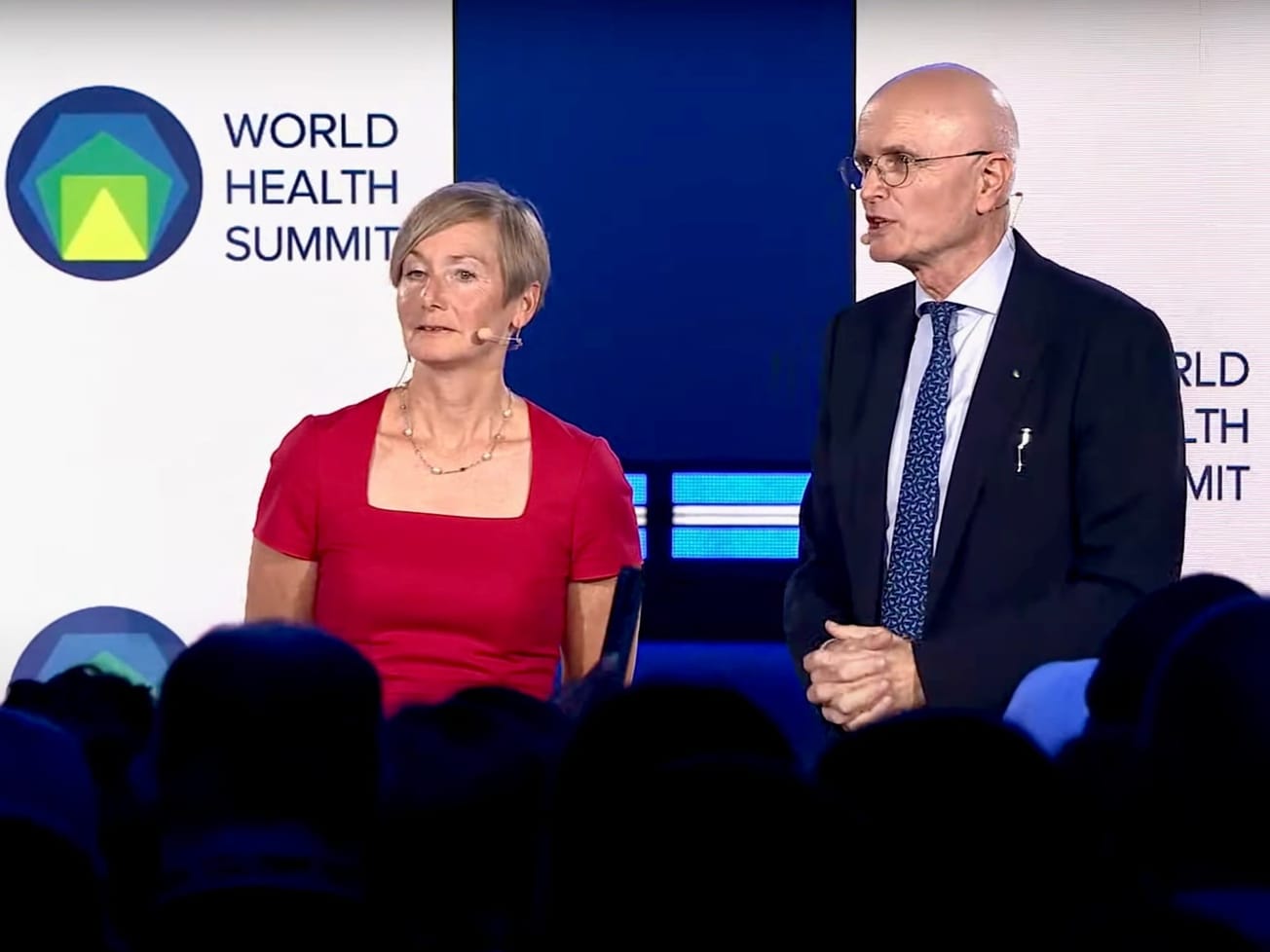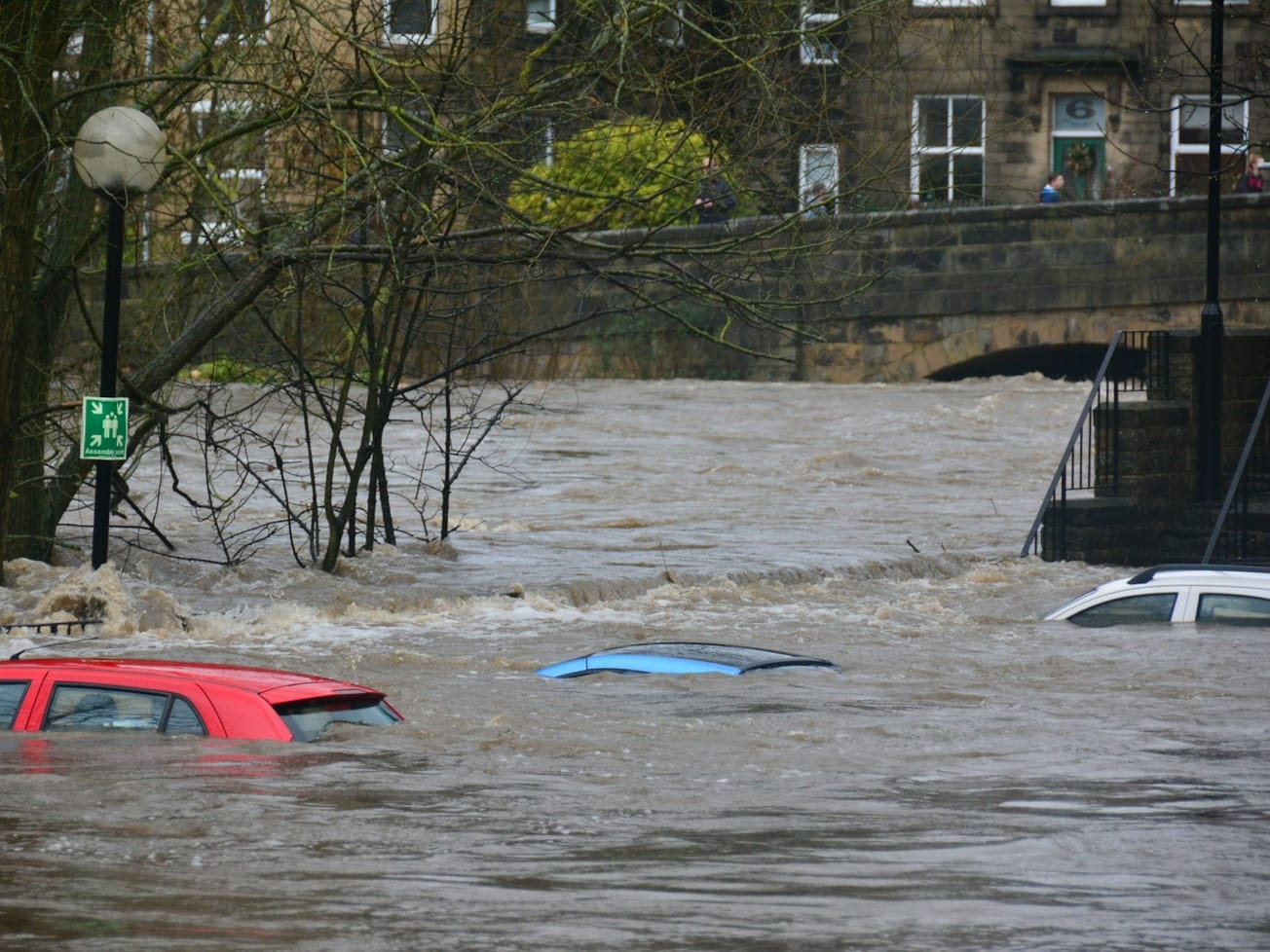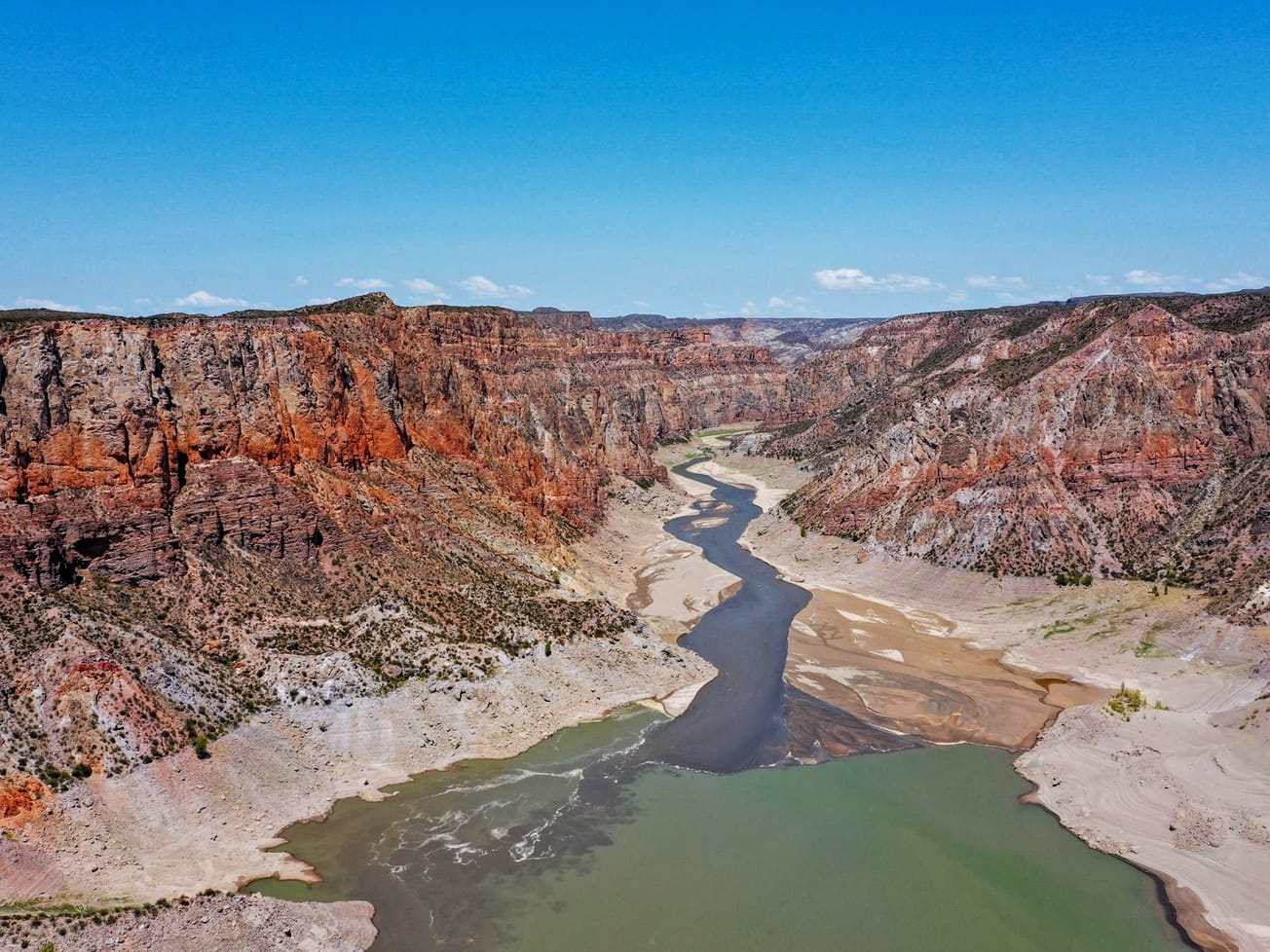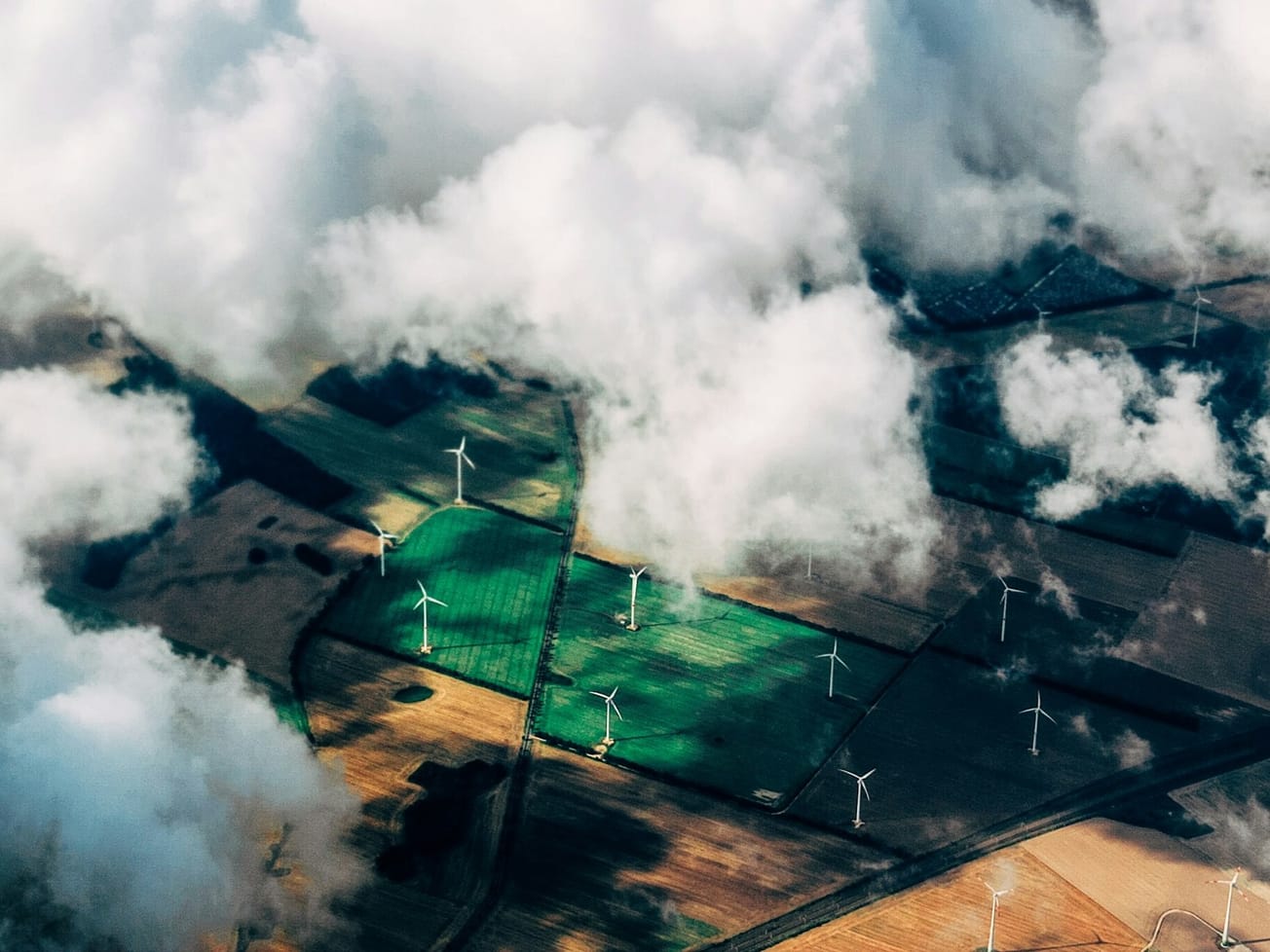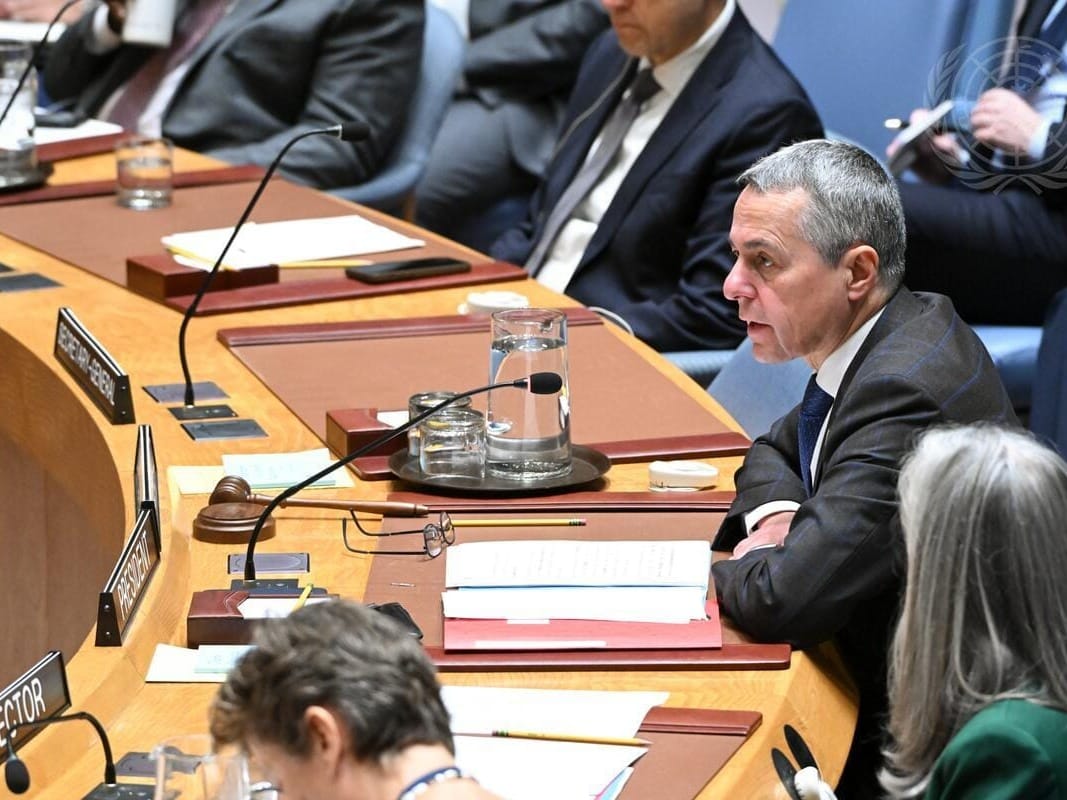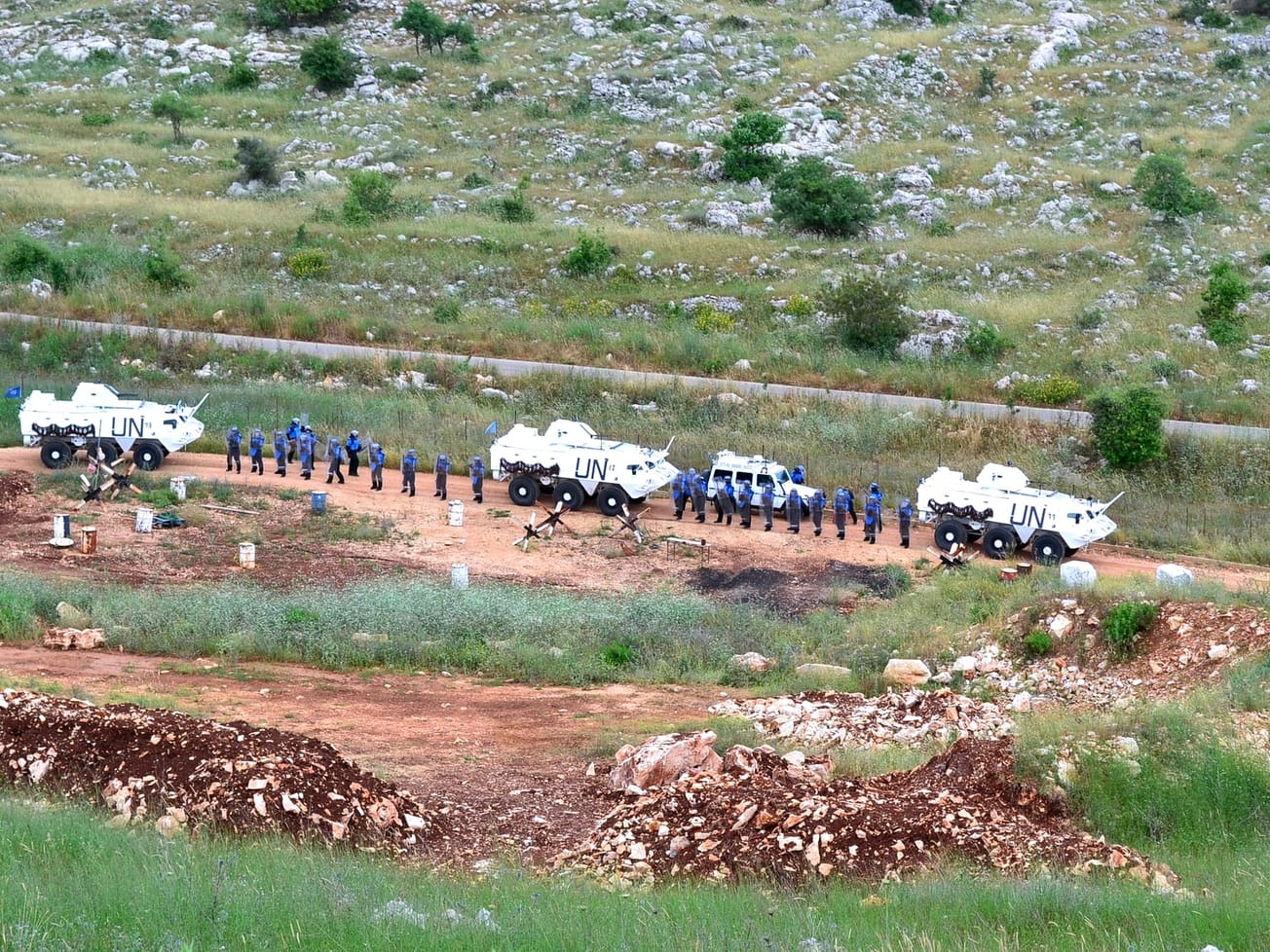The World Meteorological Organization's first State of Global Water Resources report finds large areas of Earth recorded dryer than normal conditions in 2021, compared to the average of the 30-year hydrological base period.
The report on Tuesday reflects that last year's precipitation patterns were influenced by climate change and a La Niña event. The area with below-average streamflow was about two times larger than the above-average area, in comparison to the 30-year hydrological average, WMO reported.
Some 3.6 billion people face inadequate access to water at least one month per year and this is expected to increase to more than 5 billion by 2050, according to the U.N. weather agency.
“The impacts of climate change are often felt through water – more intense and frequent droughts, more extreme flooding, more erratic seasonal rainfall and accelerated melting of glaciers – with cascading effects on economies, ecosystems and all aspects of our daily lives," WMO's Secretary-General Petteri Taalas said.
"And yet, there is insufficient understanding of changes in the distribution, quantity, and quality of freshwater resources,” he said, adding that the new report is meant to "fill that knowledge gap and provide a concise overview of water availability in different parts of the world."
#LaNiña is set to continue, prolonging drought and floods in affected regions.
— World Meteorological Organization (@WMO) November 30, 2022
“We are especially concerned about the humanitarian catastrophe in the Horn of Africa, driven by the most severe drought in recent history,” says WMO SG Taalas
🔗WMO Update https://t.co/IRv2e687Xp pic.twitter.com/osRvkPE4tq
The first edition of the report focuses on the volume of water flowing through a river channel at any given time and the amount of "terrestial" water stored in land above and below the surface, and the amount frozen in the cryosphere.
Terrestrial water storage last year was considered below normal compared to the 2002-2020 average on the U.S. West Coast, and in central parts of South America and Patagonia, North Africa and Madagascar, Central Asia and the Middle East, Pakistan and North India, according to the WMO.
It was above normal in the central part of Africa, WMO said, and in the northern part of South America, namely the Amazon basin, and a northern part of China.
The reported cited several "hotspots" with a negative trend in terrestrial water storage in the southwestern U.S., Brazil’s Rio São Francisco basin, Patagonia, and the Ganges and Indus headwaters.
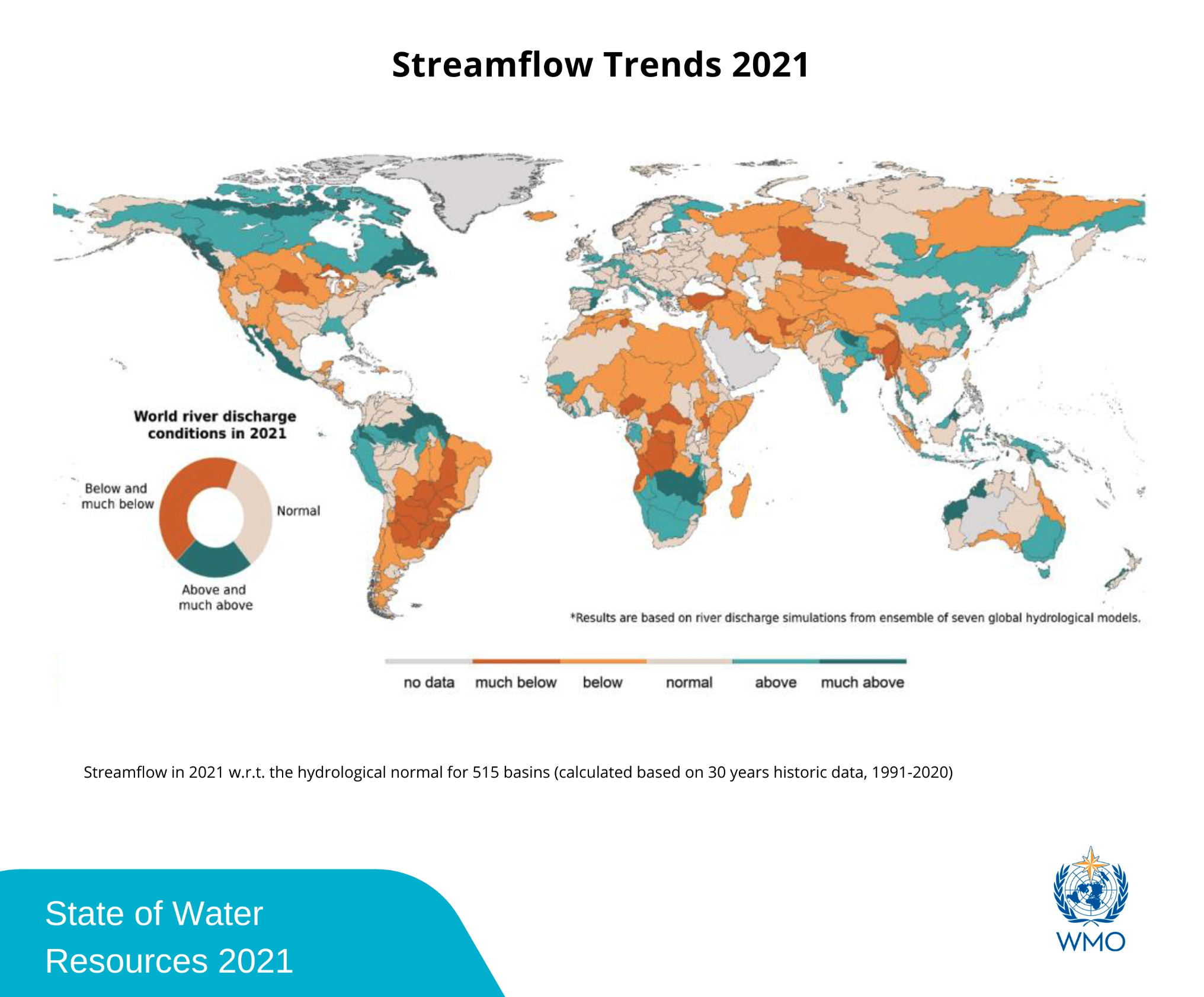
Terrestrial water storage


